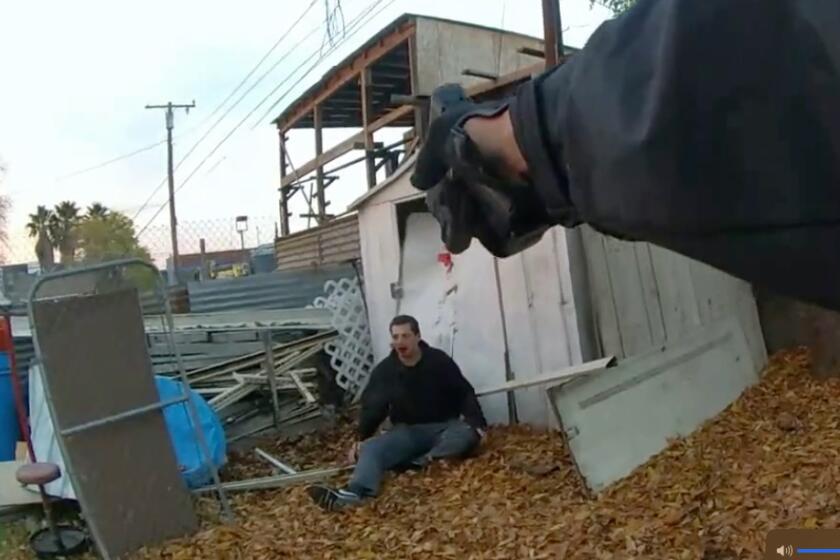State Parks Chief Decries Utility’s Desert Proposal
- Share via
California’s state parks director this week issued a blistering critique of a proposed power line through Anza-Borrego Desert State Park, saying it “would forever change the character of this pristine park” and “set a dangerous precedent that would mean that state park lands ... are merely held ... until such time as they may be needed by private developers or utility companies.”
The comments by Ruth Coleman were submitted in response to San Diego Gas & Electric Co.’s request to the California Public Utilities Commission for permission to run a 150-mile power line through parts of Imperial and San Diego counties, including a 23-mile stretch across the desert park, the state’s largest.
Coleman concluded that the utility had favored the cheapest, quickest route through state public lands rather than examining environmentally superior alternatives outside the park.
Christy Heiser, a San Diego Gas & Electric spokeswoman, said the $1.3-billion power line was needed to send about 1,000 megawatts to 650,000 customers in San Diego County.
She said the utility had no choice but to run the lines through state land.
“In order to go west ... and bring in this line, there’s basically two miles between the Mexican border and the Riverside County line that is not a state park,” she said. “Essentially, that is our only option.”
Parks department attorney Brad Torgan said the utility already had a right of way through a portion of the park but was now “trying to stray into wilderness areas ... and to expand the width of their right of way.”
In her statement, filed Monday with the utilities commission, Coleman wrote: “The impacts that this project would have on Anza-Borrego Desert State Park, the jewel of California’s State Park System, and California State Wilderness are large and, in our estimation, unmitigable.... Wilderness is meant to be forever, and is not open to the developments of man.”
Those effects, she and others said, would include wrecked views for visitors and lost habitat for species such as the desert bighorn sheep and golden eagles.
Heiser said the utility first built power lines in what is now the state park in the 1920s, and was trying to stay roughly within its existing rights of way for the project while negotiating with park officials.
“We’re aware of their concerns and will continue to work with them,” Heiser said.
She said proposed solutions included putting pylons in front of mountains so they blended into the background, and building one tower to replace every two existing towers, halving their number in the park.
But Coleman said in her written comments that the offer didn’t make sense, because the new towers would be twice as big.
Heiser said the route would also allow the utility to buy and transmit power from a solar facility in the area to help it meet a new state law requiring that 20% of all power come from renewable sources.
In Ramona, a public hearing on the proposal will be held at 4 p.m. Wednesday in the Charles Nunn Performing Arts Center of Olive Pierce Middle School, 1521 Hanson Lane.
More to Read
Sign up for Essential California
The most important California stories and recommendations in your inbox every morning.
You may occasionally receive promotional content from the Los Angeles Times.










